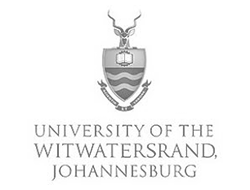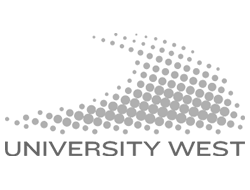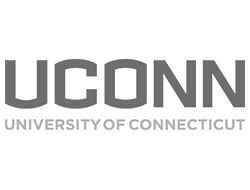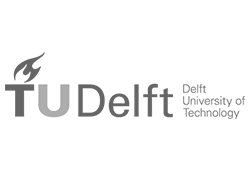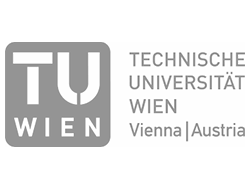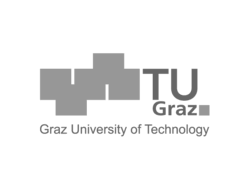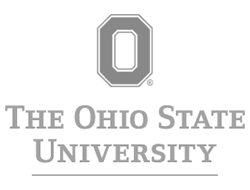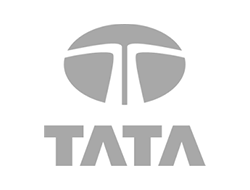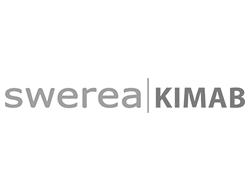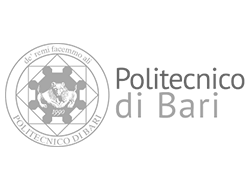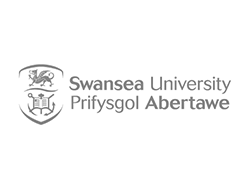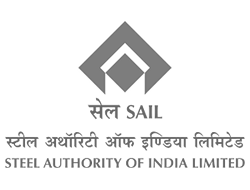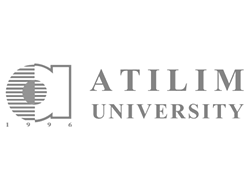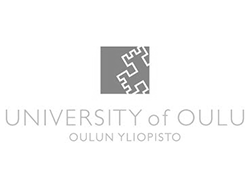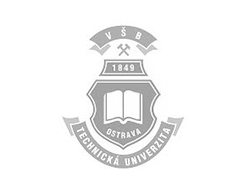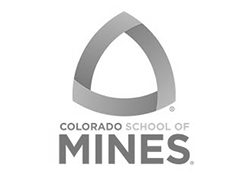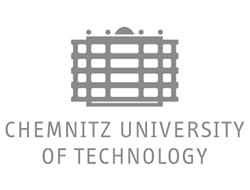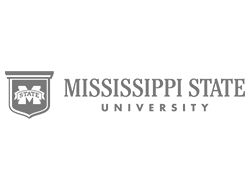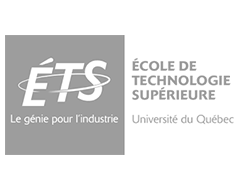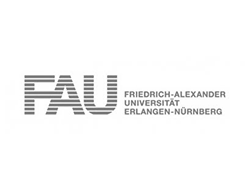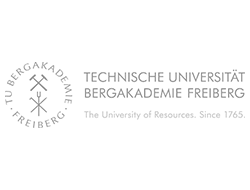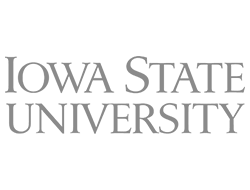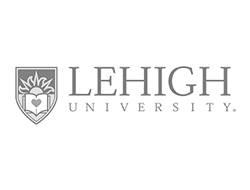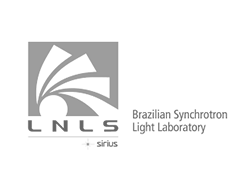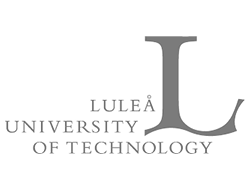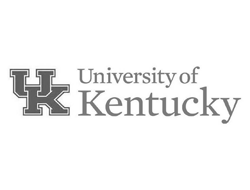Lehigh University
For Dr. Arnold R. Marder, Associate Director of the Energy Research Center at Lehigh University in Bethlehem, Pennsylvania, a Gleeble System will help in a major research program on galvanizing and galvanealing steel. The Gleeble 1000, installed in February, 1990, has been substantially modified and is the only Gleeble unit that is totally dedicated to the processing of sheet steel.
"This effort is driven in part by another Lehigh graduate, Lee Iaccoca," Dr. Marder says. It was Iaccoca's move toward extended warranties on automobiles 10 years on the drive train, 10 years on body rust-through and five years on external cosmetic rust that is driving sheet steelmakers around the world to put zinc on millions of tons of steel produced each year. As a result, Lehigh will be using the Gleeble to look at a variety of ways in which the application of zinc to steel can be optimized.
Part of the Lehigh effort will look at ways of improving electro-deposited coatings. Lehigh has already been granted a patent on a technique for processing a strip of steel by heat treatment right after it has been electrogalvanized. The problem with current electrogalvanizing processes is that the resultant coating on the strip of steel is not thermodynamically stable. As a result, the structure of the zinc can change during welding to assemble the car body, or even if the car gets delayed for an extended period of time during the paint bake cycle.
Dr. Marder says, "We're trying to understand what we have to do in order to 'zap' the steel traveling at 600 feet per minute and stabilize the structure. We're using the Gleeble to give us an understanding of what the heating rates and processing parameters should be. The Gleeble can give us fantastic heating rates and it can be programmed to produce any processing profile we want."
The Energy Research Center's work on electro-deposited coatings is sponsored by a consortium consisting of the International Lead-Zinc Research Organization, Rouge Steel, Kobe Steel, and Lepel, an induction equipment manufacturer.
A second major effort is aimed at studying the processing of hot dip coating of steel with zinc. Sponsored by an international consortium of zinc and steel producers, including LTV, Armco, National Steel, Dofasco Steel, Noranda, Phoenix Works, and Rouge Steel, Dr. Marder and his colleagues are working to gain a better understanding of this process.
"There are a great many variables involved — the chemistry of the steel, the chemistry of the zinc pot (i.e., the aluminum content), the time at temperature, the heating rate, the cooling rate — and we are trying to find out which variables influence alloying morphology and which variables are going to influence the coating formability," Dr. Marder says.
"The steel producers have for a long time performed galvanealing — they can a hot dipped sheet and heat treat it at 450-550°C so that the materials diffuse into one another to produce a zinc-iron alloy ... an alloy that may be more weldable and that offers better corrosion resistance and better paintability."
Dr. Marder added, "We're entering a new realm of materials science — engineered materials. Steelmakers want to respond to the use of plastics in the automotive industry with an engineered material that consists of a steel substrate with an alloyed zinc coating and a series of paint polymer coatings. We're now starting a two year program to develop some of the fundamental information on understanding the effects of processing parameters needed to produce optimum zinc-iron alloy coatings. What we are aiming at is 'intelligent processing.' That's where the Gleeble gives a tremendous advantage: by allowing us to carefully simulate and model thermal and mechanical processes in sheet steel."
This article first appeared in the Gleeble® Newsletter — Winter 1991.




